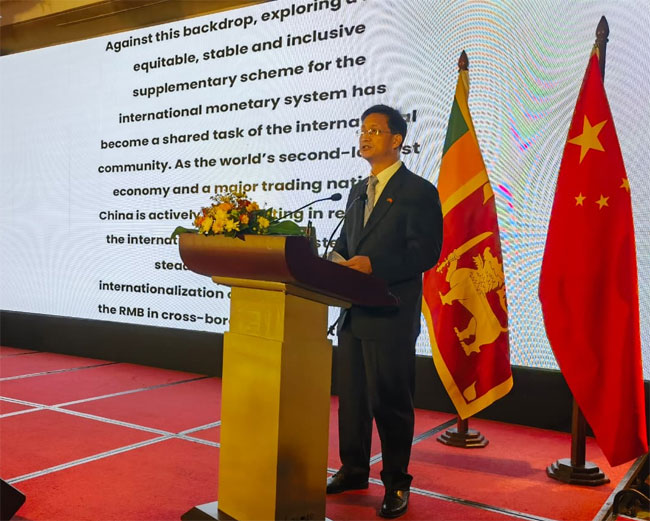A screen shows news footage of the bilateral meeting between Chinese President Xi Jinping and U.S. President Donald Trump on the sidelines of the Asia-Pacific Economic Cooperation (APEC) summit in South Korea’s Busan, at a restaurant in Shenzhen, Guangdong province, China October 30, 2025.
Tingshu Wang | Reuters
Many people in China cheered the meeting Thursday between President Xi Jinping and U.S. President Donald Trump, after months of escalating bilateral tensions.
Every time the two leaders meet, it helps ease tensions and creates a “positive atmosphere,” Alex Hongcai Xu, chair of Beijing Honglve Consulting, said in Mandarin, translated by CNBC. “This atmosphere is beneficial for negotiations.”
“Each side lowering tariffs to below 10% would benefit capital flows and cooperation,” Xu said. He noted that China can likely buy more U.S. soybeans and U.S.-made Boeing airplanes.
Trump said Thursday after the meeting that the U.S. would halve a 20% fentanyl-related tariff on China, bringing the total duty on Chinese goods to 47%. That marked a sharp reversal from his earlier threat to impose an additional 100% tariffs on China starting Saturday.
But Trump gave few details on whether the U.S. would encourage more Chinese investment, saying only that “they have investments [in the U.S.] and they will invest.”
Xu said he hoped Washington would allow more Chinese companies to invest locally, which he said would create jobs in the U.S. and boost domestic production while reducing Chinese exports.
Chinese businesses, for their part, have been seeking opportunities abroad as the domestic economy slows.
“If the U.S. policy can be more certain, or offer the prospect of lowered tariffs, then at least Chinese investments in other countries can increase,” said Luke Li, who works in energy-related manufacturing and trade in Beijing, according to a CNBC translation of his remarks in Chinese.
“As long as they meet, there will be progress,” Li said, noting that “we are most focused on U.S. tariffs on China, whether this will be adjusted.”
As Xi and Trump met in South Korea Thursday morning local time, “China-U.S. leaders’ Busan Summit” was the top trending hashtag on Weibo, a social media platform similar to X.
“Interest Rate Cut” was the second most-popular hashtag, while the fourth-ranked trending topic also centered on the Trump-Xi meeting.
Most of the posts, however, were by Chinese news outlets. User comments were brief, such as “long live China-U.S. friendship” and “China-U.S. mutual success,” according to a CNBC translation. It was unclear whether each comment represented a separate user.
On the trendy Xiaohongshu, or RedNote, app, one of the few posts on the summit was by economist and frequent social media commentator Song Qinghui, who wrote in Chinese: “Look forward to the early arrival of the China-U.S. honeymoon period.”
Beijing restricts access to X and many other U.S. social media platforms, while maintaining tight control over domestic news outlets.
While Chinese state media initially focused on Beijing’s latest space exploration plans and downplayed the Trump-Xi meeting — opting to highlight Xi’s attendance at the Asia-Pacific Economic Cooperation Economic Leaders’ meeting instead — official coverage ramped up after the talks began. The Chinese foreign ministry didn’t confirm the Trump-Xi meeting until Wednesday afternoon.
State broadcaster CCTV, which spent much of Thursday morning covering China’s latest Shenzhou-21 space mission, began sending regular updates about the meeting only after the two leaders met.
China’s official readout of Xi’s opening remarks said Beijing was ready to work with Washington, quoting Xi as saying that “China’s development and revitalization goes hand in hand with President Trump’s vision to ‘Make America Great Again.'”
“Trump [has been] overly confident. He doesn’t listen,” Xu said, referring to the U.S. president’s focus on ramping up tariffs.
“If the U.S. and China are in a mess, can the U.S. become great again?” he said. “No way.”












